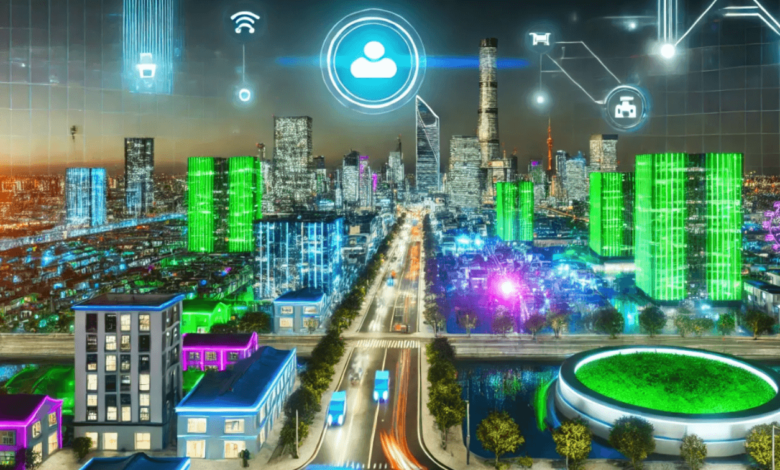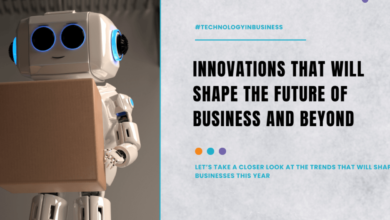Smart Cities: The Tech Behind Urban Innovation

The concept of smart cities embodies a transformative approach to urban living, integrating technologies such as the Internet of Things (IoT) and advanced data analytics to enhance the efficiency and sustainability of urban environments. These innovations promise to streamline resource management and improve the quality of life for citizens, while also addressing critical concerns around privacy and security. However, the successful implementation of these technologies raises important questions about infrastructure, governance, and the balance between convenience and control. Understanding these complexities is essential as we explore the implications of smart cities on our future urban landscapes.
Internet of Things (IoT) Integration
The integration of Internet of Things (IoT) technology in smart cities is transforming urban environments by enabling real-time data collection and analysis, which enhances decision-making processes and improves overall city management.
Critical to this advancement is the robustness of IoT security, safeguarding sensor networks from vulnerabilities.
Consequently, cities can harness data-driven insights while ensuring citizen privacy and fostering a more resilient urban ecosystem.
Data Analytics in Urban Planning
Leveraging the vast amounts of data generated by IoT devices, data analytics is playing a pivotal role in shaping urban planning strategies. This enables city planners to make informed decisions that optimize resource allocation and enhance the quality of life for residents.
Key applications include:
- Predictive modeling for infrastructure needs
- Spatial analysis of population density
- Traffic pattern optimization
- Resource distribution efficiency
Sustainable Energy Solutions
As urban populations continue to grow, implementing sustainable energy solutions has become essential for cities aiming to reduce carbon footprints and enhance energy efficiency while meeting the demands of their residents.
Transitioning to renewable energy sources, such as solar and wind, not only mitigates environmental impact but also promotes energy independence.
Cities leveraging innovative technologies can achieve significant advancements in energy efficiency, fostering a sustainable urban future.
Smart Transportation Systems
Integrating smart transportation systems into urban planning complements sustainable energy initiatives by optimizing mobility, reducing congestion, and lowering emissions through data-driven solutions.
Key components include:
- Autonomous vehicles enhancing safety and efficiency
- Smart traffic management systems improving flow
- Real-time data analytics for informed decision-making
- Multi-modal transport integration fostering seamless connectivity
These elements collectively empower urban freedom and elevate the quality of life.
Also read: How the Internet of Things Is Connecting the World
Conclusion
While smart cities promise a utopian vision of urban living through technological advancements, the irony lies in the dependence on these innovations to solve problems they inadvertently exacerbate.
Urban planners may find themselves ensnared in a cycle of complexity, where solutions generate new challenges.
Ultimately, the pursuit of efficiency and connectivity raises critical questions about sustainability and equity, revealing that the very tools designed to enhance urban life might simultaneously undermine it.
This situation necessitates a cautious and reflective approach.




